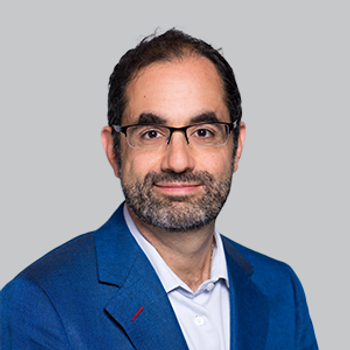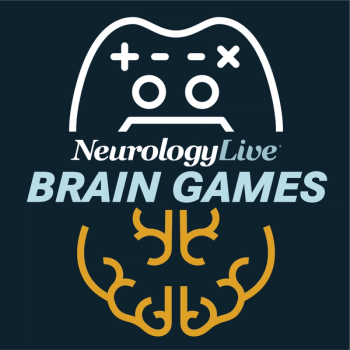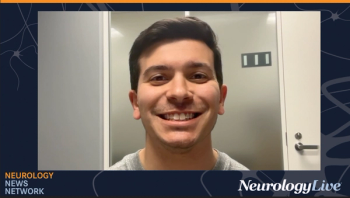
Wearable Devices Preferred Over Traditional Sleep Studies When Monitoring Ambulatory Sleep in Pediatric Lennox-Gastaut Syndrome
Key Takeaways
- Wearable devices and questionnaires were preferred over polysomnograms for sleep assessment in pediatric LGS patients.
- Parents rated the Apple Watch as the most preferred method, while polysomnograms were least favored.
A newly presented study at SLEEP 2025 explored the practicality of various methods, such as the Apple Watch and polysomnogram, for assessing sleep in pediatric patients with Lennox-Gastaut syndrome.
A pilot study newly presented at the
When the parents of the pediatric patients with LGS were asked about overall preference, they rated the Apple Watch device as the most preferred method (mean score 1.6 [±1.0]), whereas the polysomnogram (PSG) was the least preferred (4.1 [±1.4]). Presented by lead author Gita Gupta, MD, MS, assistant professor of pediatrics at Johns Hopkins University School of Medicine, WatchPAT device was also more well-liked, received an intermediate preference rating (3.3 [±1.4]).
From parent’s perspective, sleep questionnaires were rated as the most convenient method to assess ambulatory sleep (mean score 4.1 [±0.9]), followed closely by the Apple Watch device (3.7 [±1.6]). In contrast, the WatchPAT device and polysomnograms were rated as the least convenient options, both scoring 2.4 ([±2.1] and [±2.0], respectively).
For this study, researchers invited families to participate in polysomnograms, home sleep apnea testing using the WatchPAT device, nightly use of an Apple Watch, and completion of daily sleep logs over 4 weeks. To assess preference, pediatric patients with LGS were asked to complete the Pediatric Sleep Questionnaire at the beginning and end of the study. Parents rated various aspects of each method on a Likert scale, including convenience, ease of use, perceived accuracy, and comfort, as well as their overall preference.
READ MORE:
Overall, the analysis included 15 pediatric patients with a mean age of 12.2 years ([±3.1]), 58% of whom were girls. Participants remained in the study for an average of 16.9 days ([±7.0]) and used the Apple Watch for an average of 13.8 days ([±9.1]). Regarding sleep apnea test results, 2 of 3 pediatric patients showed similar findings between the WatchPAT and polysomnogram (apnea-hypopnea index [AHI] 0.1 and 26.5; peripheral respiratory disturbance index [pRDI] 2.8 and 25, respectively), and 1 participant had differing results (AHI 7; pRDI 26.5).
All told, the findings suggest that it may be feasible to conduct a longitudinal study of sleep in pediatric patients with LGS over a 2-week period. Additionally, authors noted that the WatchPAT devices may serve as a viable alternative to polysomnograms in appropriate scenarios, and with further optimization, the Apple Watch device could offer a highly preferred option for ambulatory sleep assessment in this patient population.
REFERENCES
1. Gupta G, O’Brien L, Hassan F, et al. Feasibility of Ambulatory Sleep Assessment in Children With Lennox-Gastaut Syndrome. Presented at: 2025 SLEEP Annual Meeting; June 8-11; Seattle, WA. ABSTRACT 1279.
Newsletter
Keep your finger on the pulse of neurology—subscribe to NeurologyLive for expert interviews, new data, and breakthrough treatment updates.































